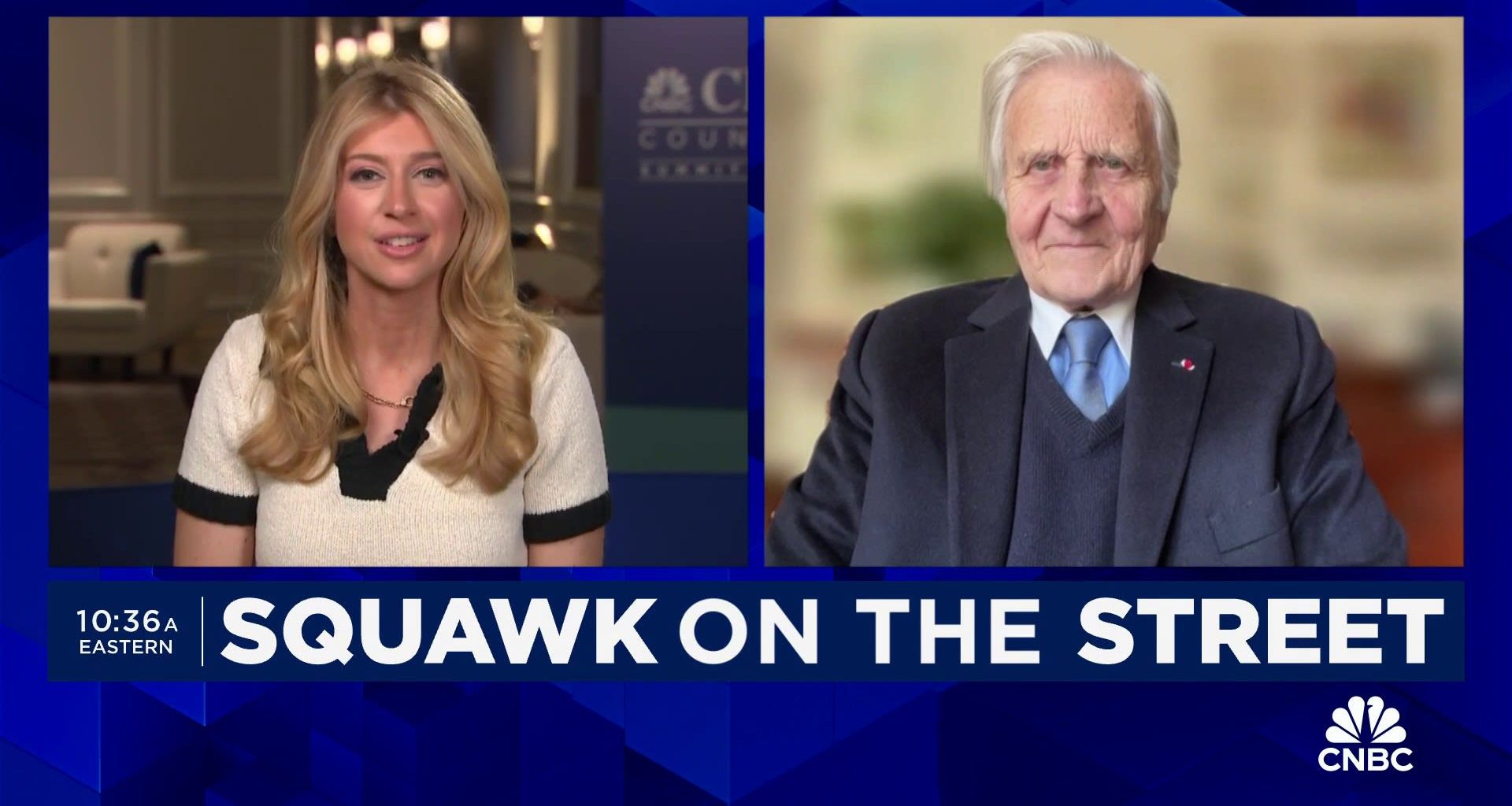President of the European Central Bank (ECB) Christine Lagarde arrives to address a press conference following the meeting of the governing council of the ECB in Frankfurt am Main, western Germany, on April 11, 2024.
Kirill Kudryavtsev | Afp | Getty Images
FRANKFURT — The European Central Bank this week is set to cut borrowing costs for the euro area for the first time since September 2019.
It will mark the official end to the record fast-hiking cycle that begun after the Covid-19 pandemic as inflation soared higher. But investors’ attention looks like it has already moved on to what will happen after this June cut by the Frankfurt institution.
“Judging by the commentary from officials, there is no questioning of the wisdom of cutting rates on 6 June,” said Mark Wall, ECB watcher with Deutsche Bank.
“Even with the upside surprise on May HICP [harmonized index of consumer prices], the ECB can argue a cut is consistent with its reaction function. The question is, what comes after June?”
Euro area inflation for May came in slightly higher than expected with headline inflation at 2.6% and the print for core at 2.9%. On top of that, negotiated wage growth — a figure closely watched by the ECB — did reaccelerate in the first quarter to 4.7% after hitting 4.5% in in the fourth quarter of 2023.
“Many of these data are distorted by one-off effects,” said the chief economist of Berenberg, Holger Schmieding.
“For example. a mild winter had boosted Q1 [first quarter] outdoor construction and thus real GDP while one-off payments raised wages more than usual in some countries such as Germany early this year.”
But while another rate cut in July cannot be ruled out, given the recent commentary from ECB policymakers it doesn’t seem very likely.
“We see that some elements of inflation are proving persistent — especially domestic inflation, and services in particular,” European Central Bank board member Isabel Schnabel said in an interview with the German public broadcaster ARD on May 16.
“I would caution against moving too quickly because there is a risk of cutting interest rates too fast. And we should definitively avoid that,” she said.
Next on this bumpy road would be the divergence between the ECB and U.S. Federal Reserve’s own rate setting which looks more like “higher for longer.” This is not an easy task as it could have strong implications for the euro-dollar exchange rate which feeds into inflation via the prices for imported goods and services.
“In 6-12 months time, when under our assumptions the Fed-ECB policy rate differential is rising to historically high levels, FX depreciation might have a strong pass-through in inflation if, as expected, domestic demand is stronger, profit margins are narrower and policy rates are less restrictive,” Mark Wall explained.
Read More: World News | Entertainment News | Celeb News
CNBC
